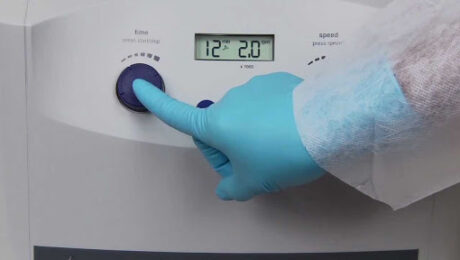Since it is a new science, many people are skeptical about Platelet-Rich Plasma, otherwise known as PRP. There are some studies out there that state that PRP work no better than a similarly administered placebo, but there are many other studies and doctors that claim that PRP works and works well. This also works well




